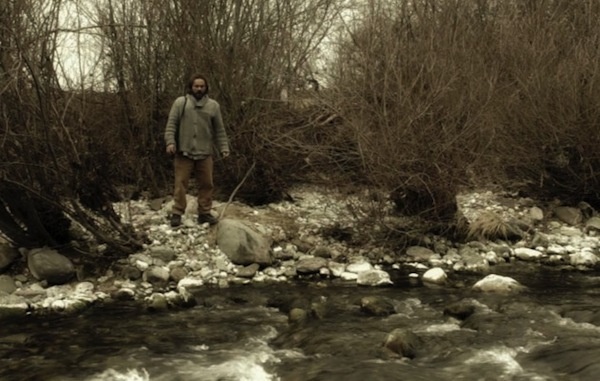
07 Oct Telluride Horror Show: Marxism and Horror Movies
One thing is for sure about horror movies: someone is going to get whacked. But who? Most cinema critics and film buffs agree that the modern horror film genre has Marxist elements, the classic socioeconomic warfare between the rich and the poor, the upper crust and the lower class common folk or outcast. And in most horror movies, it seems to be the elite who get taken out. Often the villain is portrayed in a sympathetic, if unseemly, manner.
I shook my head when reading this film theory, but one look at the Telluride Horror Show’s film offerings confirmed it. Across the River is the story of an ethnologist in Slovenia who crosses the river and becomes trapped in an ancient village where evil presides; the way a wealthy person might “cross the tracks” into a more simple but ultimately brutal place. All Hallows’ Eve is a classic plot, the suburban babysitter watching two kids on Halloween who is terrorized by an outcast clown. Chemical Peel is the story of some wealthy women escaping to a deserted country house, when an industrial accident poisons the air—they try to secure themselves inside and shut out the desperately sick simple people struggling to survive outside. Not exactly the sort of “chemical peel” wealthy women usually get at a spa.
Septic Man features a plumber who finds himself trapped in a septic tank and transformed into one of the hideous creatures that live in the subsurface town sewage treatment plant. Beneath is the story of a crew of hard-working, blue-collar coal miners trapped 600 feet below the surface after a collapse, with air becoming scarcer and more toxic, who descend into madness. Both of these films play with the idea of a lower class citizenry trapped beneath the world of the living elite.
Perhaps the subtle obsession with class warfare is magnified because the horror genre itself is typically a venue for low-budget films. These films are not made by the happy, high-dollar Hollywood set, they are the visceral, organic product of mostly independent filmmakers with haunted imaginations and burning ideas.
One of this year’s guest directors at Telluride Horror Show is a great example of the scrappiness of the horror film industry. Phil Tippett, the founder of Tippett Studios, is a master of visual effects. Tippett shelved his personal project from the 70s, a dark and nightmarish animation work called MAD GOD, to work on more lucrative projects such as Robocop, Jurassic Park, and the original Star Wars trilogy. A group of animators at the studio found his boxes of shelved props and puppets and convinced Tippett to bring the project back to life. They volunteered weekends and formed a crew of more than 60 artists to help resuscitate MAD GOD, which was revived not by a lucrative Hollywood contract but by a successful KickStarter crowdfunding campaign. It was a grassroots effort, and a sneak preview of the film will screen at this year’s festival.


Sorry, the comment form is closed at this time.